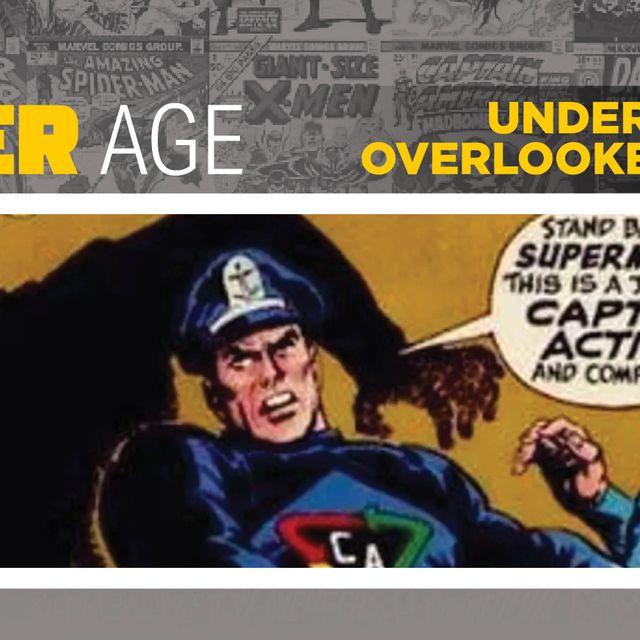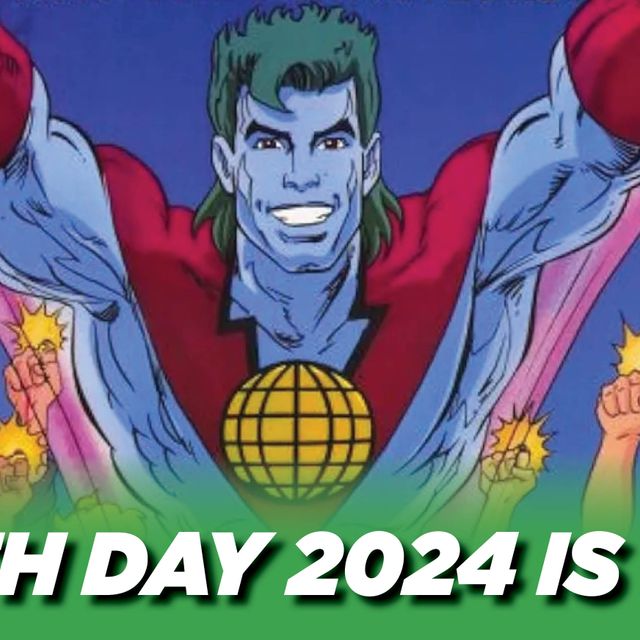
We live in a data driven society and are all influenced by the so-called ‘information economy’. One way to understand this often cited fact is to read it as implying that we have access to more data today than any single person can adequately process.
With mountains of data available, we need to be smart about how we interpret the available data. This holds true for comic book values as much as anything else.
In a previous post I was discussing whether certification and professional grading had over-inflated prices on key comics. Some readers responded that it was the single most important factor and was implemented by design; others thought it played only a minor role in the rising value of comics.
In my post (which you can read here), I come out somewhere in the middle between the above positions.
I argued that certification had definitely driven up prices, but it wasn’t the only or single reason keys are so expensive today.
Another reason, and this falls under the topic this current blog post, is hype.
Hype is hard to pin down, but we all know it when we are exposed to it.
Moreover, with the help of the internet (think: specialty YouTube channels and other sources), comic collectors today are exposed to more hype - more regularly - than ever before.
It’s literally going on day and night.
Part of what this does to the collector is convey a sense of urgency about certain books. The so-called ‘fear of missing out’ can thereafter be a powerful motivator encouraging people to spend more money on a comic than would otherwise be a good idea.
An important factor that facilitates hype, and helps make it convincing, is selective use of sales data and statistics regarding trends and prices on favorite books.
To take just one example: by selectively choosing sales data to focus on about a comic, you can effectively exaggerate its value. This, of course, is one way of hyping its importance or emphasizing the benefits of owning it while downplaying the negatives.

If we take the case of Walking Dead #1, this series, as I blogged the other day (see here) recently ended.
Going to the GoCollect.com data engine we can examine stats on this book as follows:
The total number of sales recorded by GoCollect sits at: 1,426
The current FMV for this comic in 9.4 grade is $1, 050.00.
There have been 211 sales of 9.4 graded copies recorded by GoCollect over the last 16 years, and currently there are a total of 566 copies in 9.4 on the CGC census.
That means that, in 9.4 grade, WD #1 makes up the top 74.5% of all graded copies.
Is it actually worth paying over a thousand dollars for this comic in 9.4?
Many recent sales have gone for much lower. Obviously we’re dealing here with an average price. This means that one sale of $1,320.00, and two sales of $899.00 over the last few weeks would not render the FMV $1, 320.00 but closer to $1, 039.00.
Here’s where selectivity can come into play.
What if the $1, 320.00 priced copy (that sold on Heritage on 04/21/2019) had white pages and was perfectly centered, etc. while the copies that sold for under $1, 000.00 had off-white pages?
Is it fair to say that current fair market value is $1, 039.00 if, e.g. only copies with white pages are selling for over $1, 000.00?
I guess it is if you have a copy with white pages, but not if you own a copy with off-white pages! [This is just an example: most copies of Walking Dead are printed on modern paper: it tends to stay white longer than the old newsprint].
But things are even trickier than this: the value for the Walking Dead #1 in 9.4 grade cited above were determined based solely on the sales of Blue Label or Universal graded copies.
Using the 'GoCollect analyzer', we can also select that ‘Signature Series’ [Yellow Label] and other copies be included in the data for determining our statistics.
Without the Signature Series data included, Walking Dead #1 in 9.4 has a return on investment of negative -18.6% over the last 16 years, after 211 sales.
The three month returns look as follows: negative -12.7% roi (return on investment) after 5 sales.
But what happens if we include outlier data, such as Signature Series sales?
Including all the Signature Series data, the roi now becomes positive and a strong +33.8% after 8 sales (data now includes the three SS sales on eBay on: 07/06/2019 for $1, 598.00; 06/22/2019 for $1, 400.00 and 06/10/2019 for $855.00). The inclusion of SS data has effectively skewered the numbers upwards, rendering a highly exaggerated roi.
I say ‘exaggerated’ because, as a minority of sales, the SS prices are outliers.
A more objective fair market value for WD #1 would ignore outlier sales, but this paints a very different picture of it's FMV price.
What’s the take away here?
1) As Mark Twain once said: there are three types of lies: lies, damned lies, and statistics. Be critical about someone telling you a certain book is trending up and a ‘sure thing’ without scrutinizing their statistics and numbers.
2) There is no ‘objective’ value holding for any collectible. Your comics are only ever worth what a buyer is willing to pay, and just because a sale concluded for a certain price, doesn’t mean the next sale will be the same.
3) It’s a lot harder to sell than to buy. If you are buying comics based on a short range of data and thinking that the last few sales will determine anything about future prices, you’re probably wrong.
Now if you apply the above lessons to ascertaining the value of your collection as a whole, you may end up with a much healthier assessment of what your comics are actually worth. Unless, of course, you are one of the few who is lucky enough to possess every Marvel Silver Age key in pristine 9.0 grade or higher. In that case, ignore everything I wrote above. Your collection really IS worth a mint. Congrats and I’m green with envy...


